While turning your crochet work may seem like a simple task, let me make it even easier! With this simple alternative to the traditional turning chain, you can elevate your crocheted pieces while adding additional stability to the edges. Let’s learn to make the Starting Dc2tog!
Starting Dc2tog
The term “dc2tog” is the abbreviation for double crochet two together, which is the briefest explanation for this stitch! While most starting stitches are only worked on the first stitch of a row, this stitch provides an alternative for both the starting and finishing stitches to provide a perfect finish to your edges.
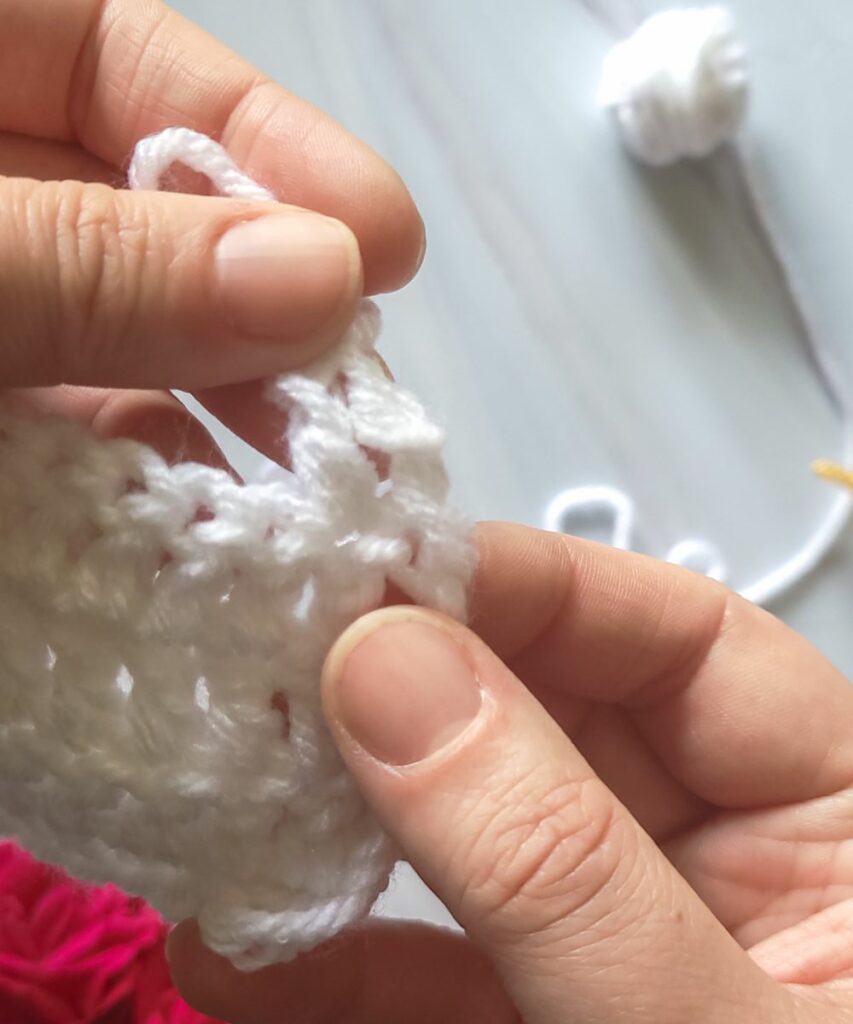
Tutorial
Use the following steps and illustrations to make the Starting Dc2tog.
Step 1:
After turning your work, chain 2.
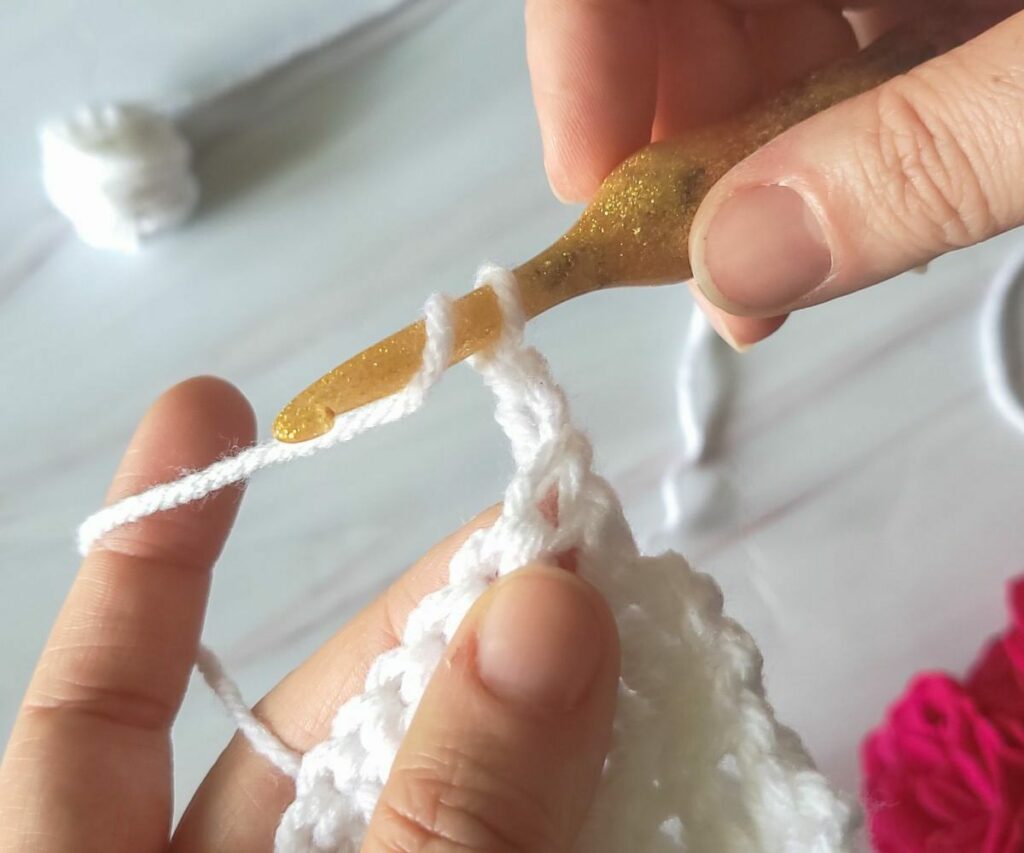
Step 2:
Double crochet once in the first stitch. Step 1 and Step 2 count as one dc2tog.

Step 3:
Continue working as normal until you reach the last stitch of the row.
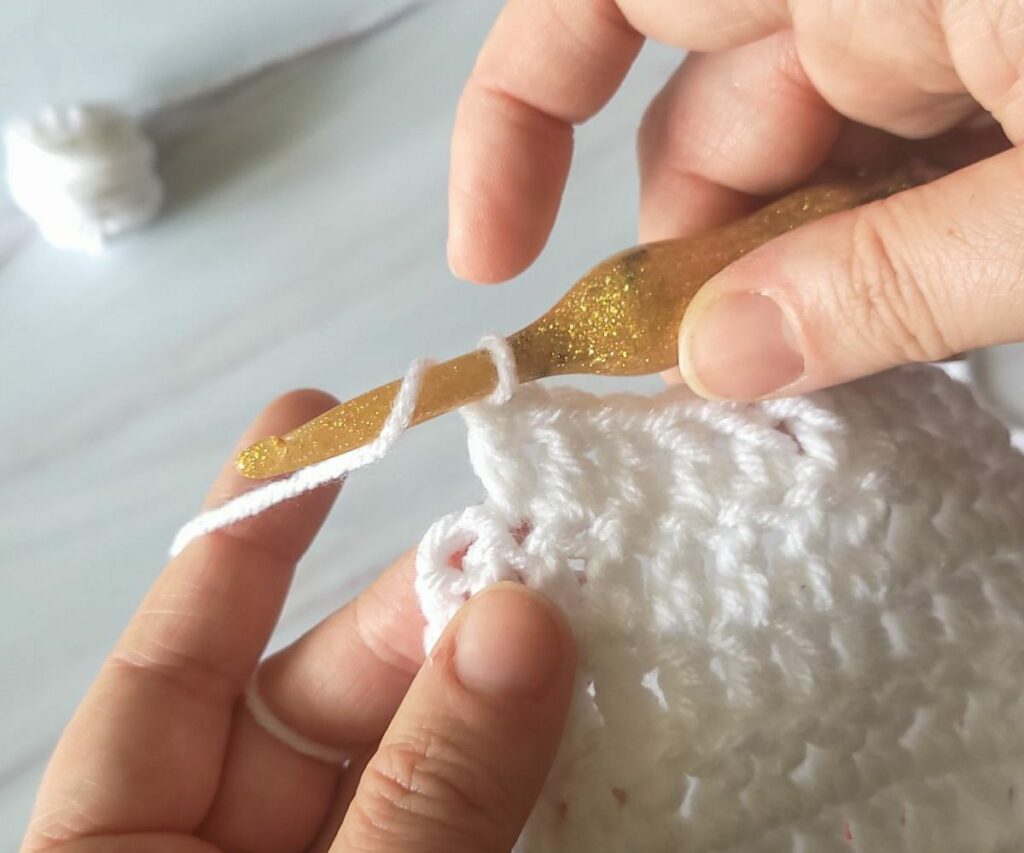
Step 4:
Yarn over, insert hook into the last stitch, pull up a loop, yarn over and pull through two loops. You should have two loops remaining on your hook.


Step 5:
Yarn over, insert hook into the same stitch, pull up a loop, yarn over and pull through two loops. You should have three loops remaining on your hook.
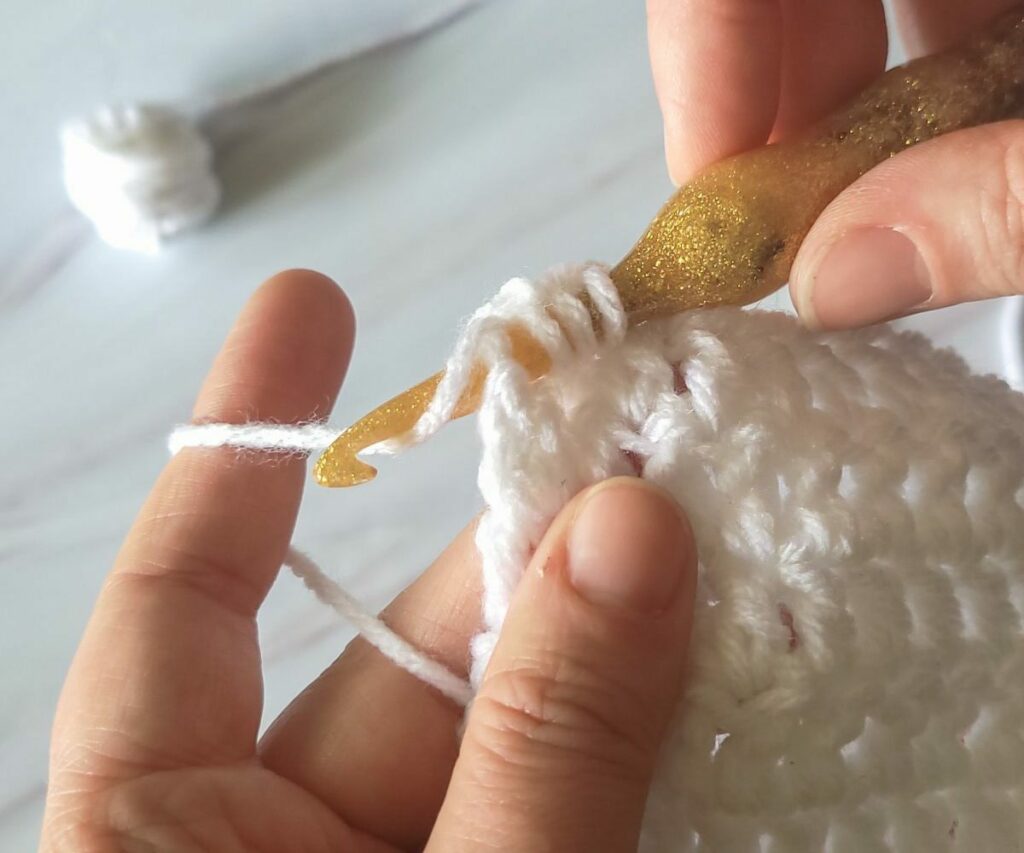
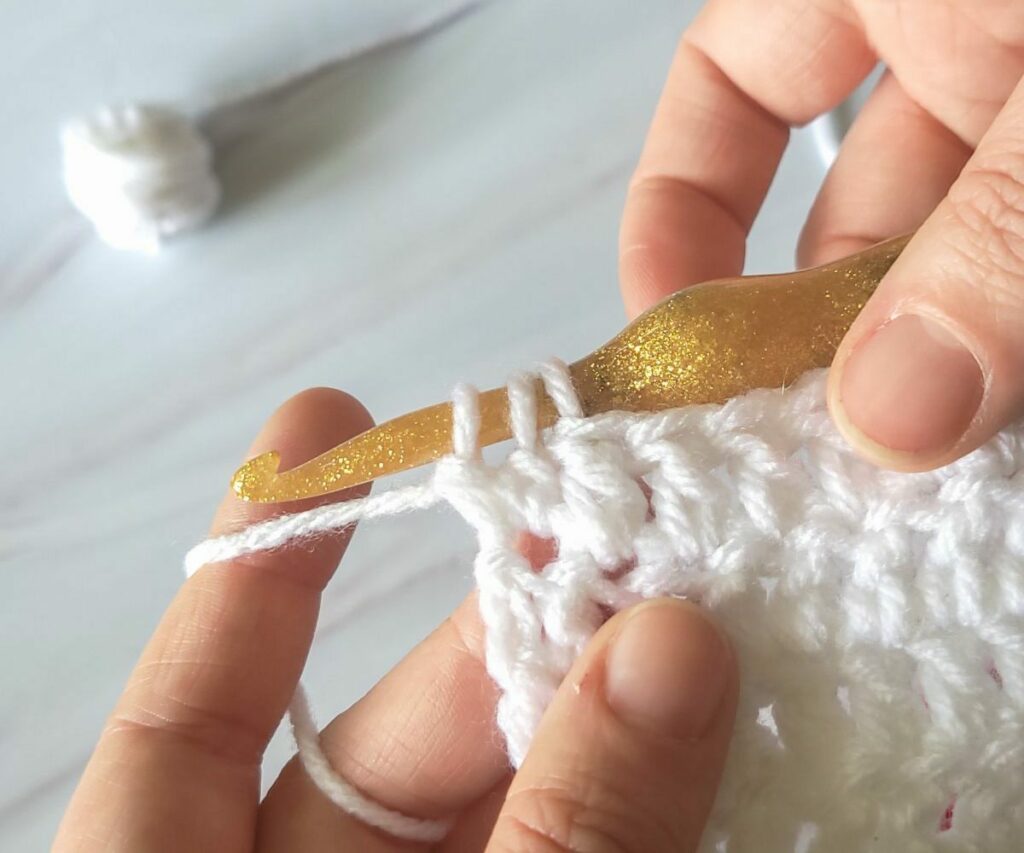
Step 6:
Yarn over and pull through the three remaining loops on your hook.
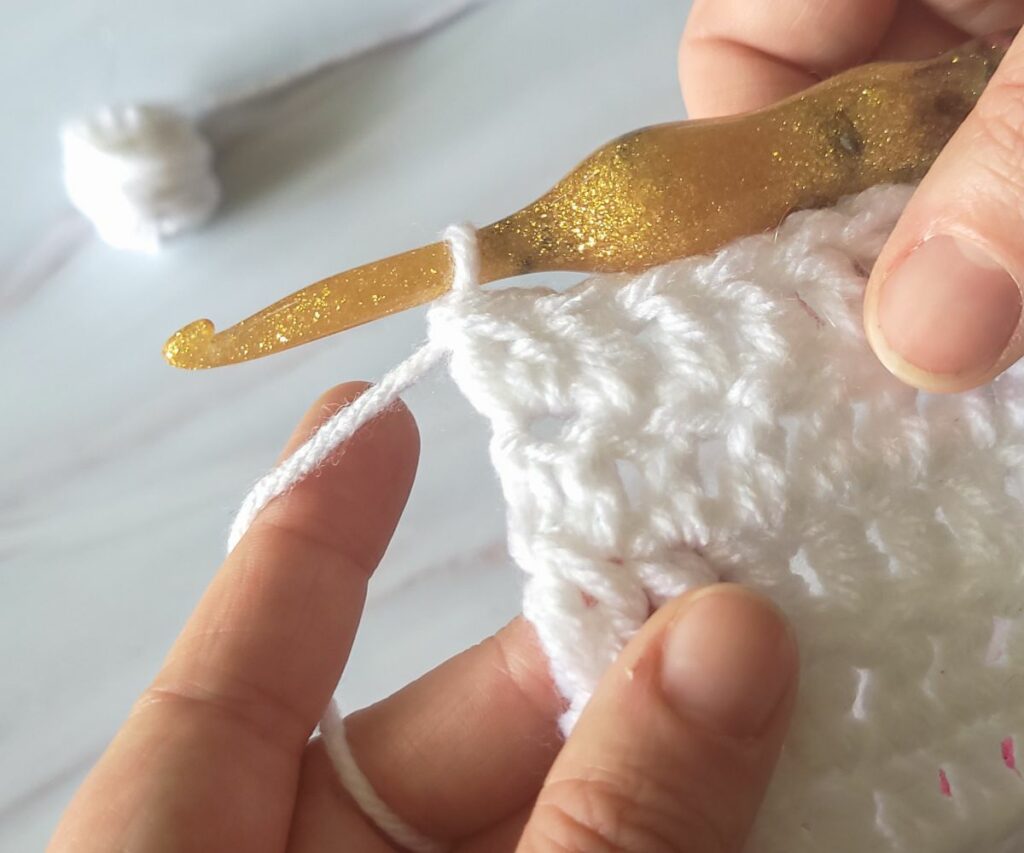
Pros and Cons
Every alternative stitch has benefits and drawbacks, the Starting Dc2tog is no different!
Pros:
- Adds evenness to the edges of the crocheted piece
- Has very little learning curve
- Adds bulk to the edges, perfect for items that need seams or crocheted edgings
Cons:
- Uses a little more yarn per row
- Added bulk where you might not need it for certain projects
Get Started With Something New!
I first learned the Starting Dc2tog when making a cozy winter sweater. I loved the extra bulk along the edges that needed to be seamed and started using this method both for seamed projects and for blankets that might stretch oddly at the edges. The finished look is both smooth and professional, with a dash of whimsy.
read about other alternatives to the turning chain.